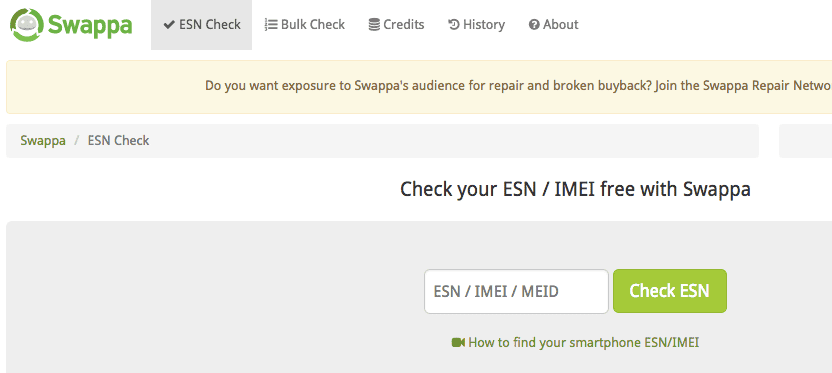Therefore, when you are buying a second-hand iPhone from someone you don’t know, you are taking a big risk. That person may be honest, but maybe not? Maybe that phone you’re holding in your hand is hotter than volcano lava? Here are some ways to know for sure whether that phone is stolen property, and in the process protect yourself. These would also equally apply to an iPad.
Is The Phone PIN-Protected? Ask The Seller To Disable It
There is one test right away to see if the seller is the legitimate owner of the phone. If the phone is PIN-protected, ask them to disable it. If they can’t do it, you know right there and then something smells fishy. But here’s the thing about an iPhone. If the phone is on with a PIN code, then knowing the PIN code would obviously open the phone up. But if the phone is switched off and then switched on again, you would need the PIN code and the phone’s SIM card code. This is assuming the legitimate owner locked the SIM card with another PIN (locking the SIM is optional). The PIN code and the SIM card code are both needed to make the phone work. To be absolutely sure everything is on the up and up, ask the seller to switch the phone off and back on again. Then take the phone from them and ask for the PIN code and SIM code. Enter the numbers they specify and if they work, the seller has just passed a major hurdle in the honesty stakes. If the phone is protected by Touch ID (a fingerprint scan), get the seller to press their finger against the home button to unlock the phone. They will then need to wipe all the prints from the phone’s memory and deactivate Touch ID. Touch ID does not lock and unlock the SIM code though.
Rely On Your Gut
Uncertainty will start to seep in if the legitimate owner did not protect their phone with a PIN and a SIM code, or Touch ID. Despite the risks, some phone owners are still extremely lazy when it comes to personal security. Just the act of pressing their finger against the home button or entering a PIN code is seemingly too much for them. If the phone is unprotected, there are some other things you can check. The first thing is to rely on your gut instinct.
Is the seller acting nervously? Are they giving inconsistent replies to questions? Are they avoiding eye contact, and getting irritated by the continual questioning?
A legitimate owner would not mind reassuring a potential buyer – a thief would mind. If something doesn’t feel right, walk away.
Check The Phone’s “Activation Lock” Status
When you take possession of an iPhone, and you switch on “Find my iPhone“, a feature called “Activation Lock” kicks in. Activation Lock is when your Apple ID is securely stored on Apple’s servers and linked to your iPhone. From then on, your password is required before anyone can turn off Find My iPhone on the phone, erase your phone, or reactivate it. So if there is no PIN code protecting the screen, and no code protecting the SIM card, the next step is “Find My iPhone“. Open up Find My iPhone, and see if the phone has been put in Lost Mode. If it has, that is a strong indicator the phone is stolen.
If it is not in Lost Mode, ask the seller to put in the iCloud password and switch “Find My iPhone” off. Then ask them to completely erase the device back to factory settings. This can be done by going to the settings, and then General–>Reset–>Erase All Contents & Settings.
When the phone screen invites you to set up your iPhone, then it is erased and ready to be used by a new owner.
Check The Phone’s IMEI Number On Apple’s Official Blacklist
Swappa maintains lists of all the blacklisted iPhone IMEI numbers. Although it should be stressed from the outset that this does not work in all countries. For example, the site blocked me here in Germany, but when I turned on my VPN to the United Kingdom and the United States, it suddenly worked. IMEI stands for International Mobile Equipment Identity, and is essentially the identification number for that device. In much the same way as an IP address identifies a specific computer. If an iPhone is stolen, the IMEI number can be added to the blacklist to warn potential victims not to touch that phone. To get the IMEI number of the phone, go to the number pad of the phone and dial The IMEI number will then appear on the screen. Write it down.
Now go to the Swappa IMEI checker and enter the number that appeared on the iPhone screen. You can do this on another computer or another smartphone. Wait a few moments for the results.
This IMEI number has come back clean, so the phone is good to be sold.
Did You Find a Stolen iPhone?
If the phone has passed all of these tests, and the seller looks like an angel with wings, then there is not much more you can do. Buying second-hand always carries with it an element of risk – the higher the value of the item, the higher the risk. All you can do is exercise good judgment and common sense. Δ Contact Us :- trendblog.guest@gmail.com







